  |
|
 |
 |
|
Welcome to the Infant &
Child Development Lab
|
We complete a series of studies investigating how preschool children recognize faces. These studies showed that 4-year-old children are very sensitive to two cues to facial identity: contour (e.g., face shape; hair) and individual features (e.g., eye shape). They also showed that 4-year-old children not sensitive to another cue: differences among faces in the spacing of features. When shown two versions of an individual face, one of which had been altered spatially (e.g., the eyes were moved further apart), 4-year-old children were unable to identify which face was the 'real' face. This was true regardless of whether they were tested with faces from a familiar storybook, their own face, or the face of their best friend! Our results suggest that under some conditions, young children are more likely than adults to mistake one person for another.
|
|
Currently, we are investigating four-year-old children's ability to recognize facial expressions and whether that ability is influenced by body posture. Adults and 8-year-old children perform very well when asked to categorize sad and fearful facial expressions--unless the face is shown on an incongruent body! When, for example, a sad face is shown on a body posing fear, both 8-year-olds and adults are quite likely to say that the face looks afraid. This is true even when we ask them to ignore the body. This congruency effect is absent when we show adults happy and sad expressions, perhaps because these two expressions are opposites. Happy is a positive emotion and indicates high levels of arousal, whereas sad is a negative emotion and indicates a low level of arousal. We are currently investigating whether four-year-olds' perception of happy versus sad expressions is influenced by body posture. This work has important implications for social interactions; recognizing and responding appropriately to others' feelings helps us to successfully navigate our social world.
|
|
|
We are investigating the development of face prototypes. Adults walk around the world with an average face in their mind (i.e., with a face prototype). They rate faces like the prototype as most attractive and they rate faces farther away from that prototype as most distinctive. They also find it easier to recognize the identity of faces that are farther from the prototype. This prototype is updated continuously: if adults are adapted to distorted faces (such as the way faces appear in a convex or concave mirror) they report that slightly distorted faces are more attractive than unaltered faces, presumably because their prototype has shifted towards the distorted faces. This effect is temporary. Recent studies have shown that adults have multiple face prototypes that code for different face categories (e.g., mal/female; young/old; Caucasian/Asian). We are investigating the development of these category-specific prototypes. This research will provide insights about the development of face recognition and the development of social categories during childhood.
|
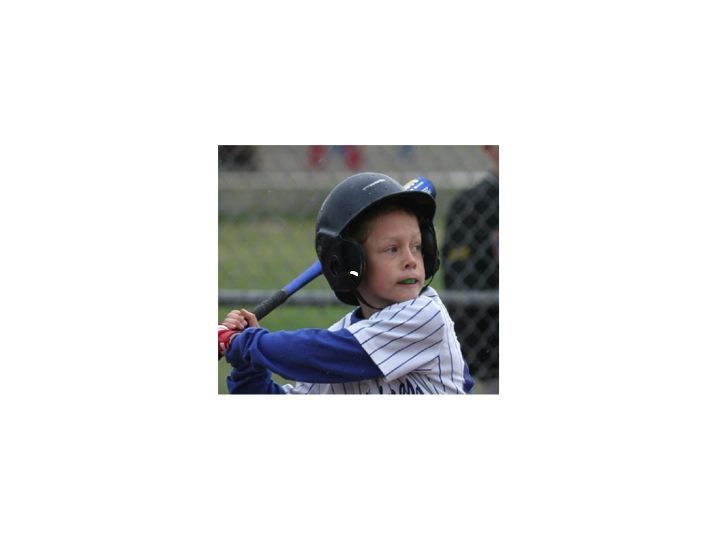 |
We are also investigating the development of sensitivity to emotional facial expressions. We recently showed (see studies involving preschool children) that 8-year-old children's perception of facial expressions is influenced by body posture. In fact, this influence is much stronger in 8-year-olds than adults. To investigate why this happens, we are testing children with our new eye trackers. This will allow us to study where children look when they see emotional faces presented in a context (e.g., background scenes, body postures, gestures) that is either congruent (e.g., a sad face shown next to a broken toy) or incongruent (e.g., a sad face is shown at a birthday party with the facial expression.
In a related set of studies we are investigating whether children encode facial identity independently of facial expressi9on. We know that adults are easily able to recognize a particular facial identity even when the emotional expression changes (i.e., even when they encounter someone who looks happy and later see that same person displying fear); this task is harder for children. One explanation for this is that children encode identity and emotional expressions in an integrated format (e.g., 'happy Sue') rather than as two separate pieces of information (e.g., 'that's Sue'; 'she is happy'). We have designed computer games to investigate when children's representation of facial identity becomes independent of emotional expression.
|
| Studies involving adults: |
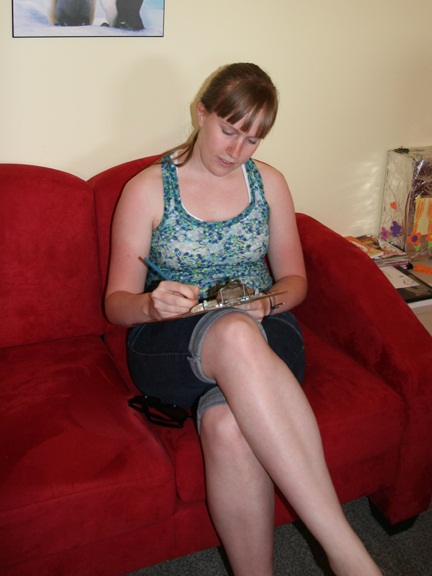 |
We are in the midst of conducting several studies involving adults:
- Are adults more sensitive to emotional expressions in own-age and own-race faces than in other-age and other-race faces?
- Does experience influence our ability to recognize other-age faces?
- How accurate are adults and children when guessing how old someone is?
|
| |
| Creation of a Database of Faces |
| Would you like to contribute your face to our new 3-dimensional catalogue of faces? We are developing a state-of-the-art set of face stimuli using a very special camera that allows us to rotate images. A single picture can be shown from multiple points of view, making our tasks more similar to how we encounter faces in the real world. |
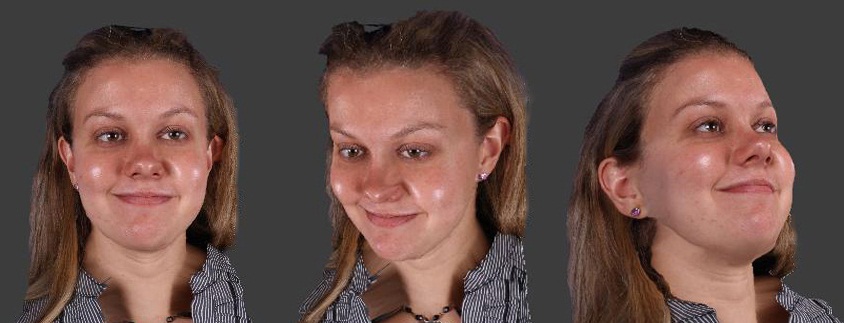
|
|
We are conducting several projects in collaboration with other research groups. For example in collaboration with Professors Sid Segalowitz and Jane Dywan at Brock and Professor Maurer at McMaster we are measuring the neural correlates of face perception using ERP technology. In collaboration with Cheryl Grady at the Rotman Research Institute in Toronto we are measuring the neural correlates of face perception using fMRI. Both of these projects involve comparing visually normal adults with patients who were deprived of early visual experience by congenital (present at birth) cataracts. These projects allow us to assess the role of early visual experience in setting up or maintaining the neural architecture that underlies expert face processing.
We recently completed a large project with researchers in Australia, China, and Canada in which we investigated the other-race effect (i.e., the difficulty that adults around the world have when asked to recognize the identity of faces that belong to a race with which they have minimal experience.) That work will soon be published in the journal Perception. We continue to collaborate with Professor Kang Lee (University of Toronto), Cheryl McCormick (Brock) and researchers in China to investigate both the development of sensitivity to structural cues that signal propensity for aggression.
|
|
| All of the tasks are designed to be age-appropriate. For example, 4-year-olds are given a 'magic wand' in our tests of face recognition; they use that wand to put faces belonging to particular people (e.g., 'Johnny') on a bus. In another task they are asked to find pairs of identical faces and then invited to put those faces in the twin clubhouse. |
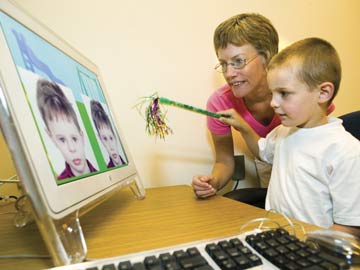 |
| Experimenters play with each child in our waiting room until the child is ready to take part in the study. Parents are welcome to remain with their child throughout their visit to the lab. |
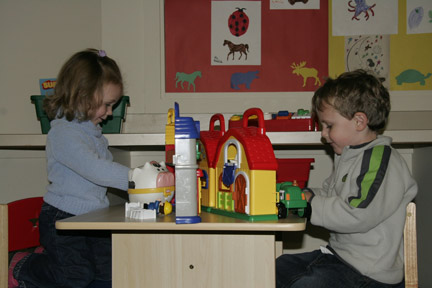 |
| All trips to the lab end with a trip to the treasure box! |
 |
|
|
| You can phone the Infant & Child Development
Lab at Brock University; please feel free
to ask any questions that you might have.
If you and your child(ren) would like to participate
in our studies, we will create a file that
includes each child's name, date of birth,
gender and phone number. When your child is
the 'right' age for a study, we will contact
you and invite you to participate. Allowing
us to put your child's name on file does not
obligate you to participate. |
You can also help
us by telling your friends about this new
research lab at Brock University! |
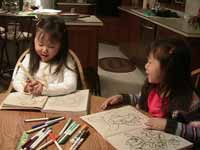
|
|
 |
 |
|
|
|
|
|

